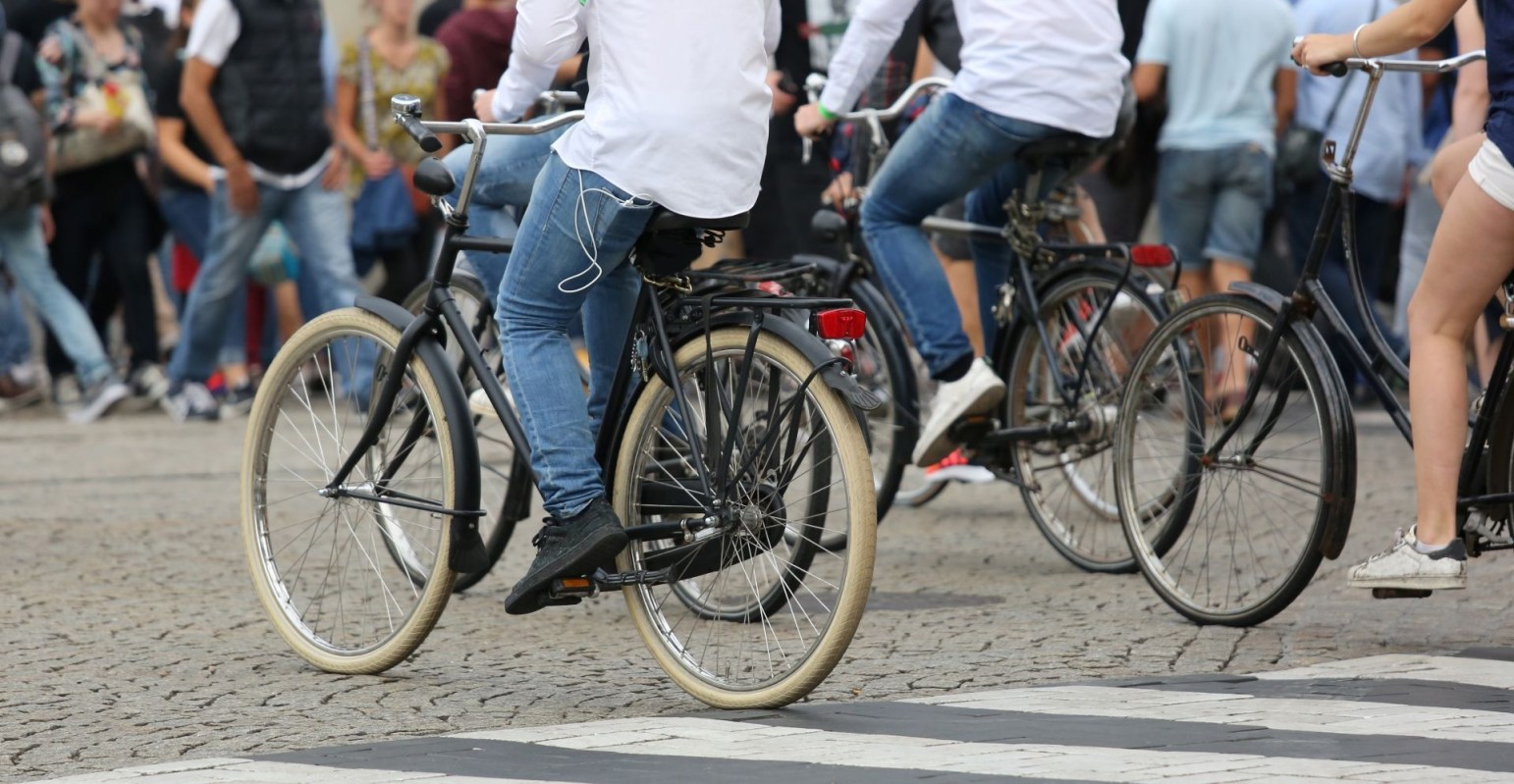Amsterdam has become well known for its bicycle-friendly streets, but it wasn't always that way. The Netherlands has perfected a city-planning strategy called "traffic calming" that has created a biking utopia.
What is traffic calming?
Traffic calming is a combination of measures taken to slow down traffic and make streets safer for pedestrians and bicyclists.
Why is traffic calming important?
From 1999 to 2020, motor vehicle traffic crashes were the leading cause of death among Americans under the age of 25 almost every year. In 2020, there were 38,824 traffic fatalities in the U.S., and children under 14 accounted for 1,093 of those deaths.
The Dutch were facing similarly horrifying statistics in the 1970s, so the government started building a biking infrastructure. Over the next few decades, Dutch cities deployed various traffic calming techniques, like adding bike paths, speed bumps, raised crosswalks, and continuous sidewalks, along with chicanes (curves in the road) and medians to make streets more narrow.
These techniques worked. In the '70s, about 500 children died yearly from car fatalities in the Netherlands. In 2010, there were only 14 kids who died in traffic accidents.
Michael Thomas, founder and author of Distilled, recently reported on The Netherlands' transformation into a biking utopia and explained that "compared to the United States, the Netherlands has three times less car fatalities per capita. If the U.S. could replicate this, we'd save 20,000 lives per year."
How traffic calming improves your health and helps the environment
Any doctor would agree that walking and bicycling around town are much better for your physical health than sitting in a car. And let's be honest, sitting in bumper-to-bumper traffic isn't great for our mental health either.
Cutting down on driving would drastically decrease air-polluting carbon dioxide. As Thomas reported: "In the United States, the average person emits 5.4 tons of CO2 per year driving. Dutch people, on the other hand, drive much less, and as a result, they emit three times less CO2 per year from their cars."
Join our free newsletter for cool news and actionable info that makes it easy to help yourself while helping the planet.









